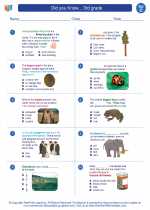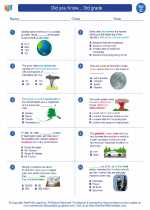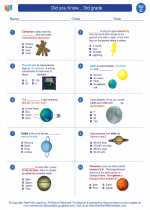Reproductive Organs
The reproductive system is responsible for the production of offspring. In humans, the reproductive system includes the male and female reproductive organs. These organs work together to produce and deliver sperm and eggs, and to facilitate fertilization and pregnancy.
Male Reproductive Organs
The male reproductive system consists of several organs, including:
- Testes: Also known as testicles, these are the primary male reproductive organs. They produce sperm and the hormone testosterone.
- Epididymis: This is a coiled tube located on the back of each testicle. It stores and transports sperm from the testes.
- Vas Deferens: This is a long, muscular tube that carries sperm from the epididymis to the urethra.
- Prostate Gland: This gland produces fluid that nourishes and protects sperm.
- Penis: The penis is the male organ used for sexual intercourse and the release of urine.
Female Reproductive Organs
The female reproductive system includes the following organs:
- Ovaries: These are the primary female reproductive organs. They produce eggs and the hormones estrogen and progesterone.
- Fallopian Tubes: These tubes transport eggs from the ovaries to the uterus. Fertilization typically occurs in the fallopian tubes.
- Uterus: Also known as the womb, the uterus is where a fertilized egg implants and develops into a fetus during pregnancy.
- Cervix: This is the lower part of the uterus that connects to the vagina.
- Vagina: The vagina is the muscular tube that connects the uterus to the outside of the body. It also serves as the birth canal during childbirth.
Study Guide
To study the reproductive organs, it's important to understand the function of each organ and how they work together to facilitate reproduction. Here are some key points to focus on:
- Identify and label the male and female reproductive organs on a diagram.
- Describe the function of each organ and its role in the reproductive process.
- Explain the process of sperm production in males and egg production in females.
- Understand the process of fertilization and the role of each reproductive organ in this process.
- Discuss the hormonal regulation of the reproductive system and its effects on the body.
By understanding the structure and function of the reproductive organs, you can gain a deeper appreciation for the complexity of the human reproductive system.
.◂Science Worksheets and Study Guides Third Grade. Did you Know... 3rd grade
Study Guide Did you Know... 3rd grade
Did you Know... 3rd grade  Worksheet/Answer key
Worksheet/Answer key Did you Know... 3rd grade
Did you Know... 3rd grade  Worksheet/Answer key
Worksheet/Answer key Did you Know... 3rd grade
Did you Know... 3rd grade  Worksheet/Answer key
Worksheet/Answer key Did you Know... 3rd grade
Did you Know... 3rd grade 

 Worksheet/Answer key
Worksheet/Answer key
 Worksheet/Answer key
Worksheet/Answer key
 Worksheet/Answer key
Worksheet/Answer key

The resources above cover the following skills:
LIFE SCIENCE
Unity and Diversity
Construct an argument from evidence to explain the likelihood of an organism’s ability to survive when compared to the resources in a certain habitat (e.g., freshwater organisms survive well, less well, or not at all in saltwater; desert organisms survive well, less well, or not at all in woodlands).
Create models that illustrate how organisms and their habitats make up a system in which the parts depend on each other.